Did you know that Aragonese Mudejar art is part of the World Heritage? In 1986 the Mudejar ensemble of Teruel was recognized and in 2001 Zaragoza and its province were added. The aim of this protection is to preserve these artistic manifestations, inspired by Muslim art and the main European architectural styles of the time, especially Gothic. This art was used to build palaces, fortresses and towers, but today we want to focus on churches. That is why we have prepared a list of the seven Mudejar churches of Aragon that are expressly and individually protected by Unesco for being especially representative.
Tower, roof and dome of the cathedral of Santa María de Mediavilla (Teruel)
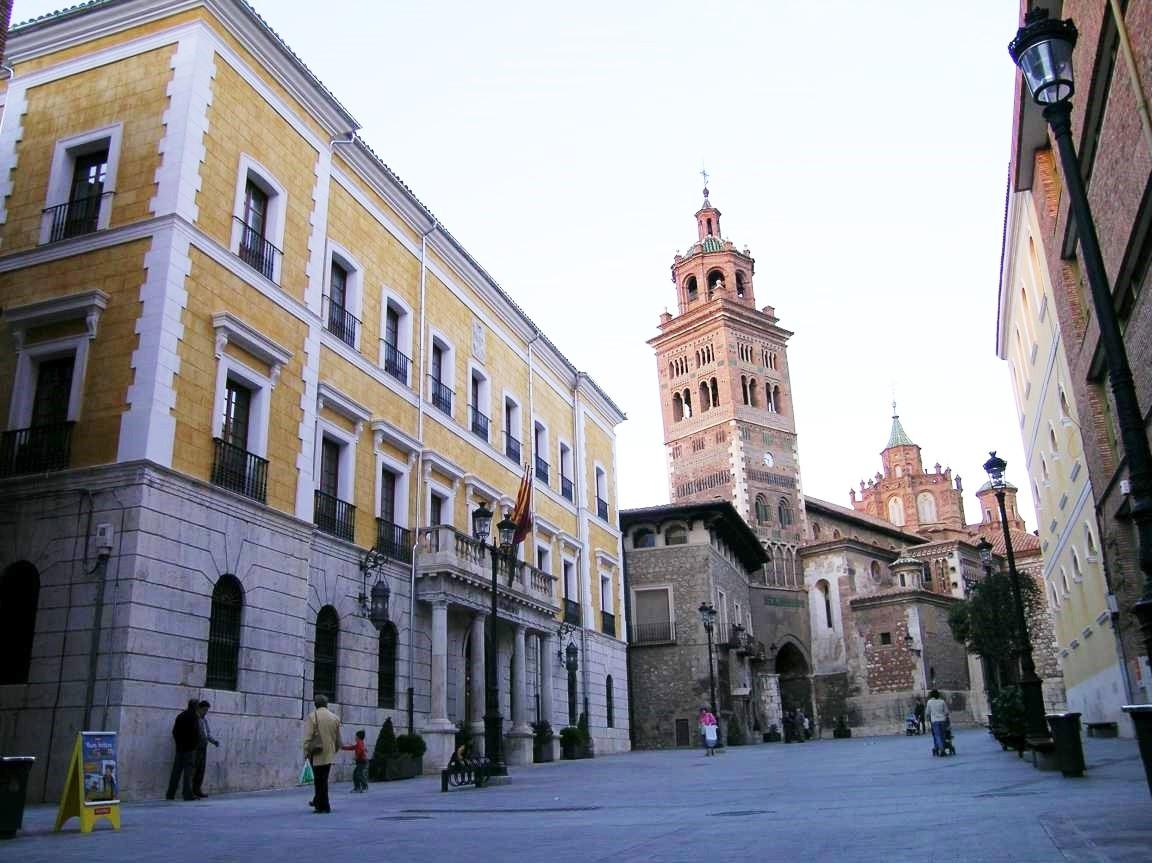
Located in the center of Teruel, this cathedral is one of the most emblematic examples of Aragonese Mudejar art. From its imposing bell tower to its dome (one of the three of this style preserved in the Community) or the coffered ceilings of its interior, everything in this building exemplifies the work of Mudejar craftsmen. For this reason, it is considered the most important building of this style in our Community.
When you visit, take the time to admire the ornamentation of the ceilings, considered ‘the Sistine Chapel of the Mudejar’. It combines geometric motifs with vegetal and Christian iconography. Its figures also represent many of the ancient trades of medieval Teruel.
Tower and church of San Pedro (Teruel)
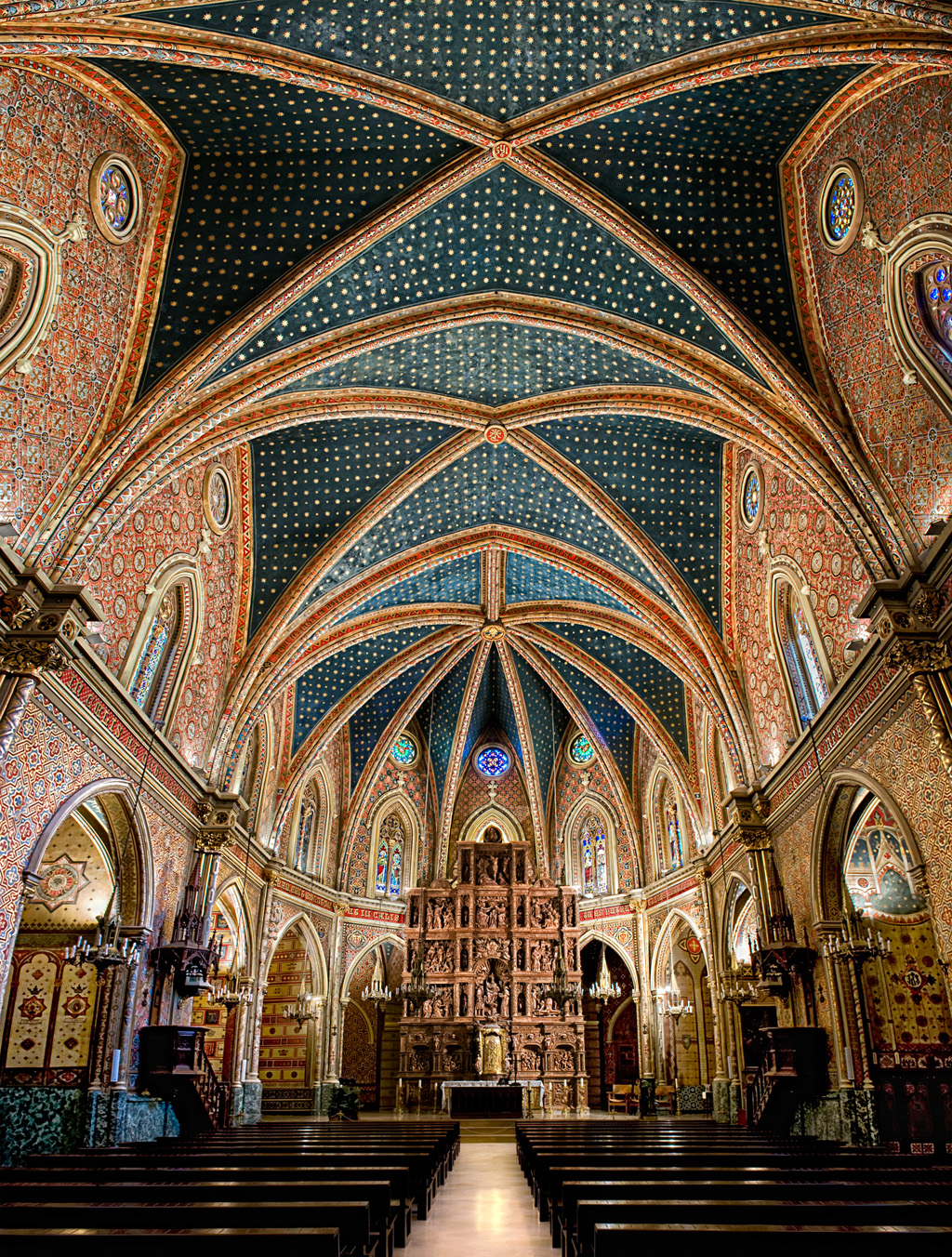
We continue in the capital of Teruel, because just a few streets from the cathedral we find the church of San Pedro, which forms a whole with the bell tower that, at the same time, served as the gateway to the city.
Focusing on the church, it was built in the fourteenth century on a Romanesque temple and stands out for the beauty of its interiors. Its single nave is divided into five sections under very high vaults decorated as if they were the night sky, crowned by beautiful stained glass windows. At the end of the route, next to the altar, there is a spectacular altarpiece carved in wood.
Apse, cloister and tower of the Collegiate Church of Santa María la Mayor (Calatayud)
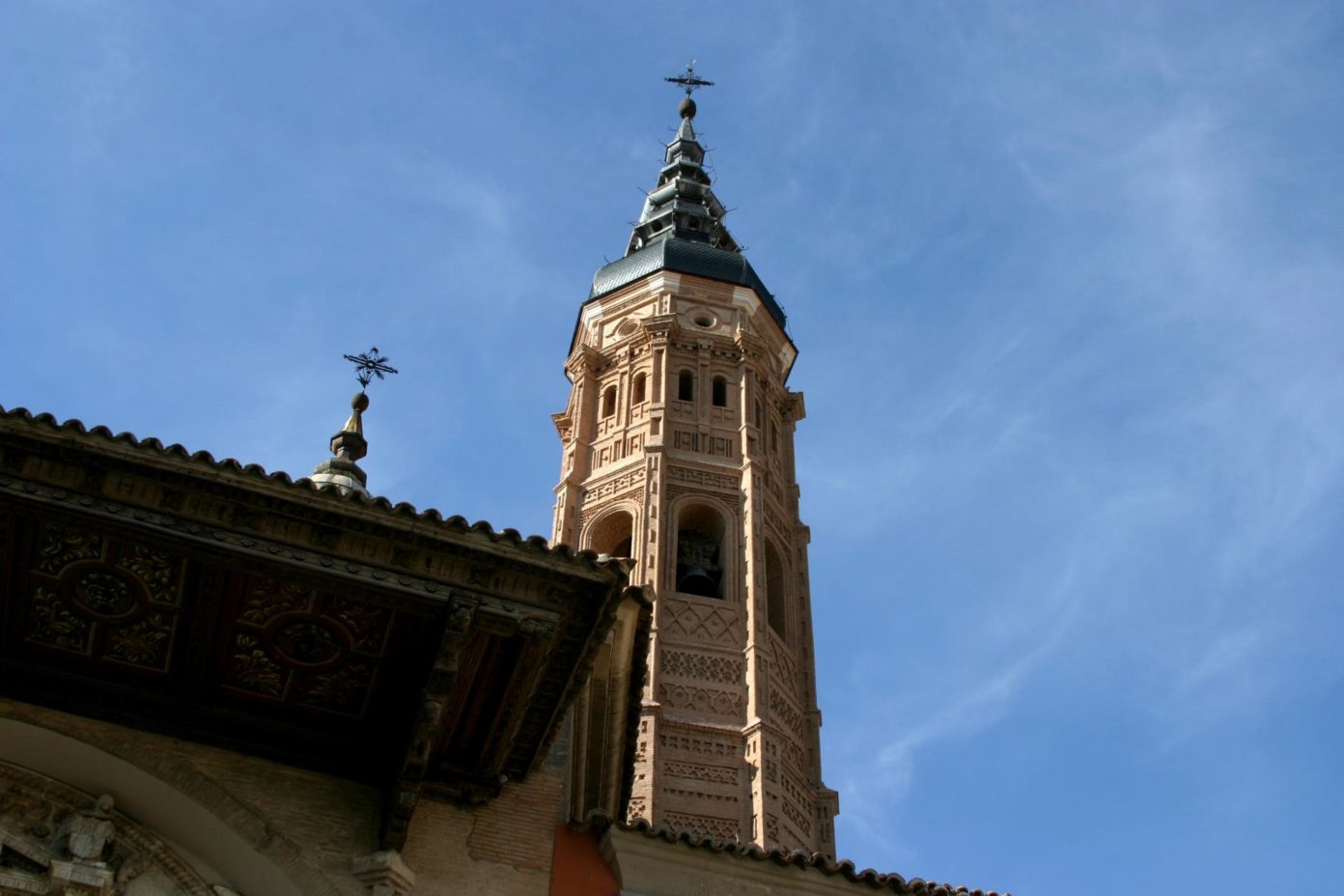
Ce sont les trois éléments mudéjars qui subsistent dans l’église après des rénovations successives et que, malheureusement, vous ne pouvez admirer que de l’extérieur, l’église étant fermée depuis douze ans pour des travaux de rénovation. L’objectif est de le préserver et de lui redonner l’aspect qu’il avait au XVIIIe siècle. Pour ce faire, des éléments seront récupérés et les voûtes seront repeintes pour retrouver la palette de couleurs d’origine.
Si vous voulez voir le résultat de cette restauration, vous devrez attendre jusqu’en mars 2022, date de sa réouverture. Et en attendant, nous vous recommandons de ne pas manquer sa façade principale, qui date du XVIe siècle.
Église de l’Assomption de Notre-Dame ou Santa Tecla (Cervera de la Cañada)
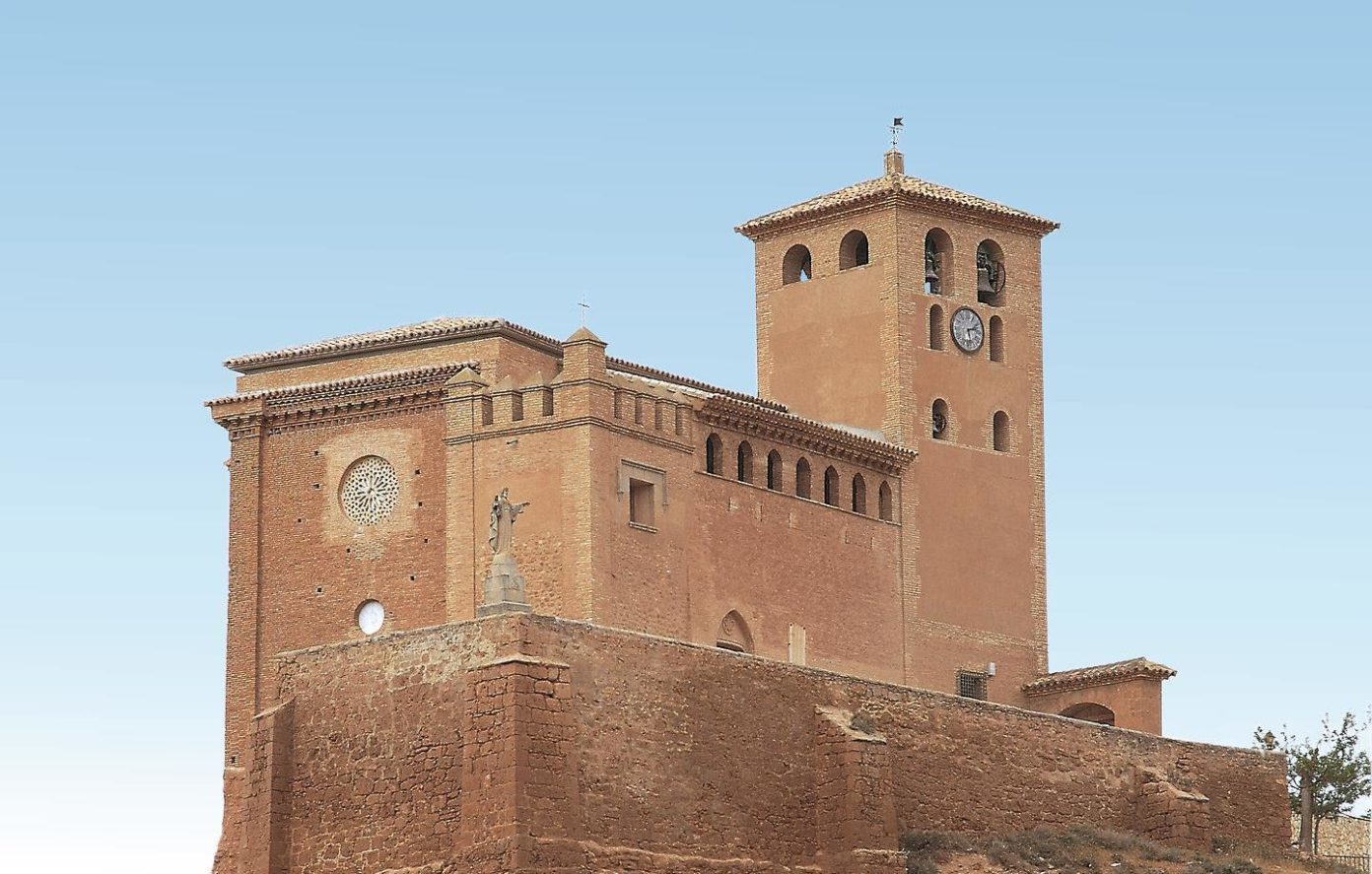
The exterior of this fortified church, sober and built with unostentatious materials, contrasts with its beautiful interior. It has a central nave and two side chapels with walls that look like masonry. Look up to admire the vaults decorated with dragons, one of the symbols of Aragon, and the colorful rose windows.
During your tour, be sure to pass by the beautiful altarpiece of this church, which was originally built next to the remains of the tower of a castle, which were used and conditioned its structure.
Church of Santa María (Tobed)
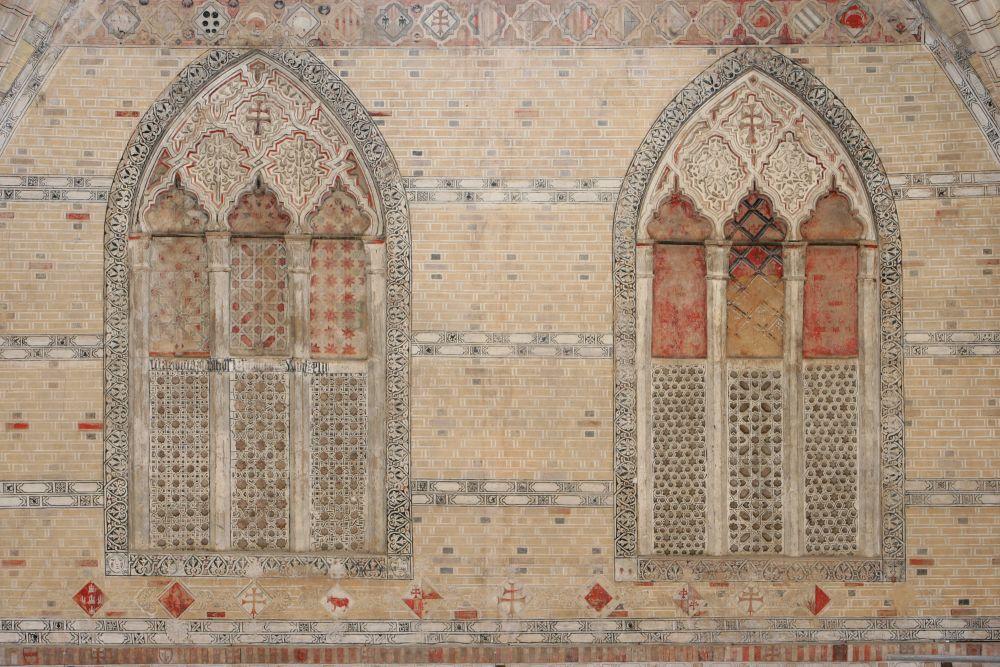
The first thing to say about this temple is that, unlike the rest of those included in this list, it has not been changing its structure over the centuries due to different remodeling. This means that it maintains practically the same appearance as when its construction began in the 14th century.
Its interior, typical of fortress-temples, simple and compact, is flanked by four tower-counterfortresses. A simplicity that contrasts with the interior, profusely decorated with Islamic geometric motifs, windows with plasterwork and latticework with plant decoration. Also noteworthy is the polychrome wooden ceiling and the chapel, decorated with tiles from Muel.
Tower and Church of San Pablo Apostle (Zaragoza)
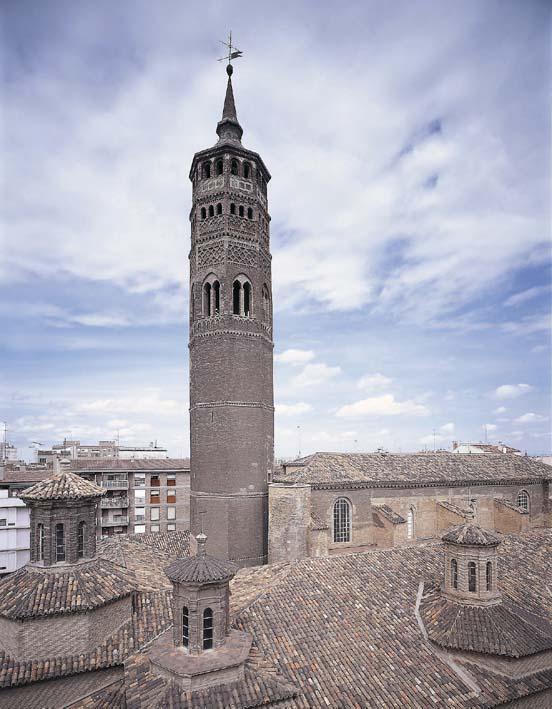
Near the center of the Aragonese capital we find this church, one of the best known in the city. Its most characteristic element is the octagonal bell tower, which can be climbed to enjoy a panoramic view of the surroundings.
Inside, the main altarpiece, from the 16th century, and the crypt, which can be accessed by a staircase next to the choir railing, are a must-see. Until the 19th century, this space was used to bury the presbyters of the parish, but today it is a meeting place.
Apse, parish church and dome of the Seo de San Salvador (Zaragoza)
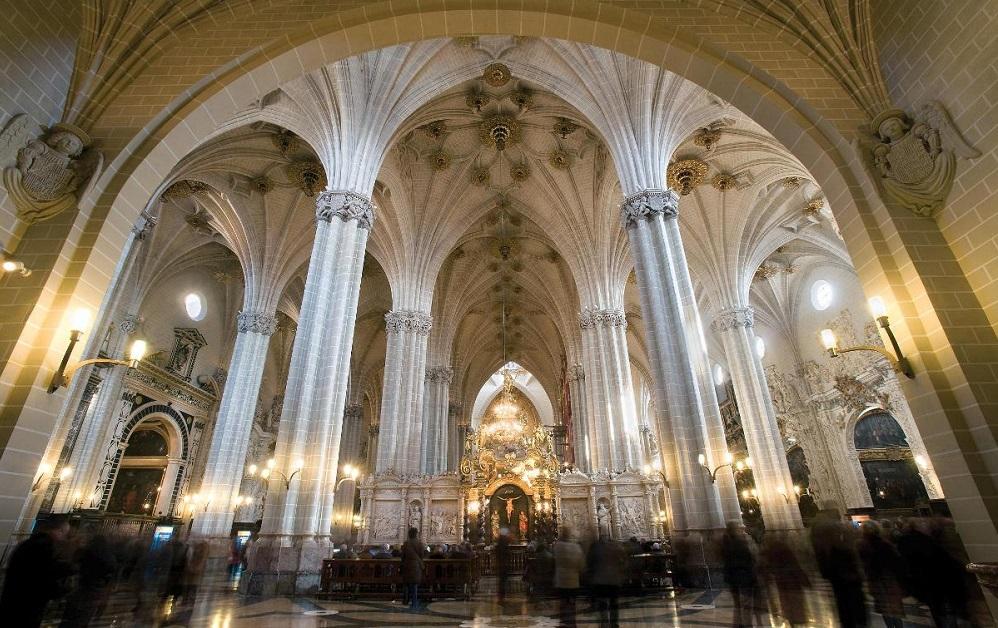
In the past mosque and Romanesque cathedral, this temple is a compendium of architecture between the twelfth and eighteenth centuries. Currently the Seo retains several Mudejar parts, although throughout its history it has lost some elements, such as the portal, in the fourteenth century, or the bell tower, demolished in the seventeenth century.
Before entering the church, walk around the outside area to admire the Mudejar wall of the parish chapel, decorated with bricks, arches and ceramics. Once you cross its doors, look up to enjoy its gilded wooden ceiling or the interior of the dome, built in the last stage of Mudejar art, and let yourself be captured by its beauty.















